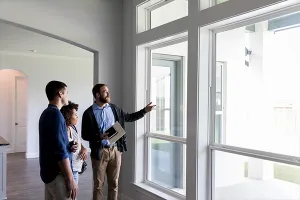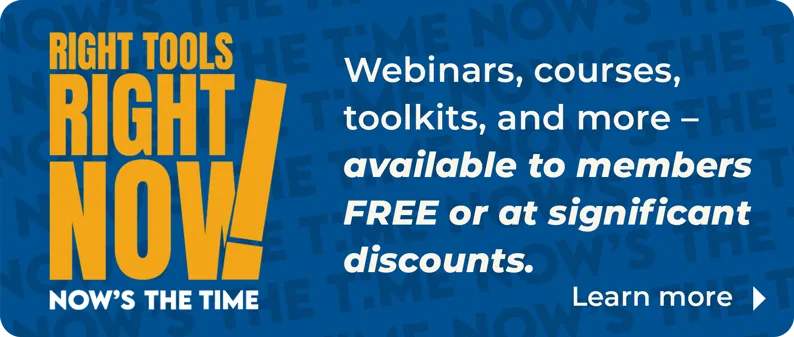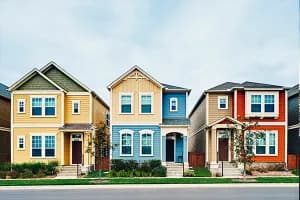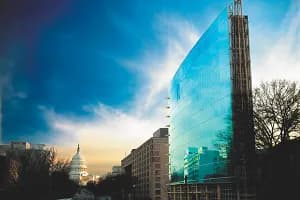
Homeowners are continuing to see the values of their homes grow, leading to a rapid increase in the equity they hold in their properties.
About 42% of mortgaged residential properties in the U.S. were considered equity-rich in the fourth quarter of 2021. That means the combined estimated amount of loan balances secured by those properties was no more than 50% of their estimated market values.
In the fourth quarter of 2020, the percentage of equity-rich properties was 30.2%, according to ATTOM Data Solutions’ newly released 2021 U.S. Home Equity & Underwater Report.
The gains in equity come as home prices continue to soar. In December 2021, existing-home sales prices were up nearly 16% compared to a year earlier, according to the National Association of REALTORS®.
“Another quarter, another boost to the balance sheets of homeowners in most of the United States,” says Todd Teta, chief product officer with ATTOM. “As home prices kept rising, so did the equity built up in residential properties, to the point where close to half of all mortgage payers around the country found themselves in equity-rich territory. No doubt, there are market metrics that pose warnings about how long the boom can last and equity can keep improving. We keep watching these closely. But for now, homeowners are sitting pretty as the wealth they have tucked away in their homes keeps growing.”
The largest improvement in the share of equity-rich homes was across the Western and Southern states, The largest jump was in Tennessee, where the portion of mortgaged homes considered equity-rich rose from 41.4% in the third quarter to 47.2% in the fourth quarter, followed by North Carolina (up from 38.6% to 44.2%), Nevada (up from 44.9% to 49.8%), Georgia (up from 35.3% to 40.1%), and Arizona (up from 53.2% to 57.6%), according to ATTOM Data Solutions’ report.
Overall, by metro area, the five highest shares of mortgaged properties that were equity-rich in the fourth quarter are Austin, Texas (70.6%); Boise, Idaho (67.3%); San Jose, Calif. (66.1%); Spokane, Wash. (64.1%); and Salt Lake City (64%).








